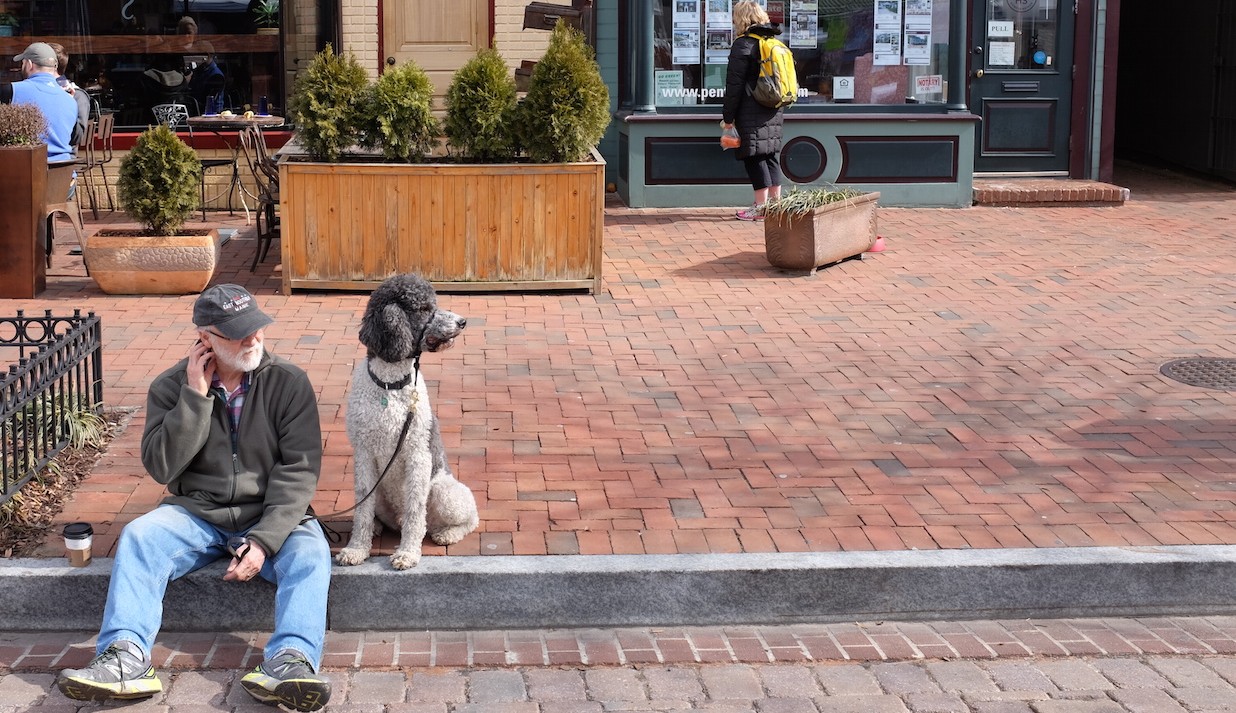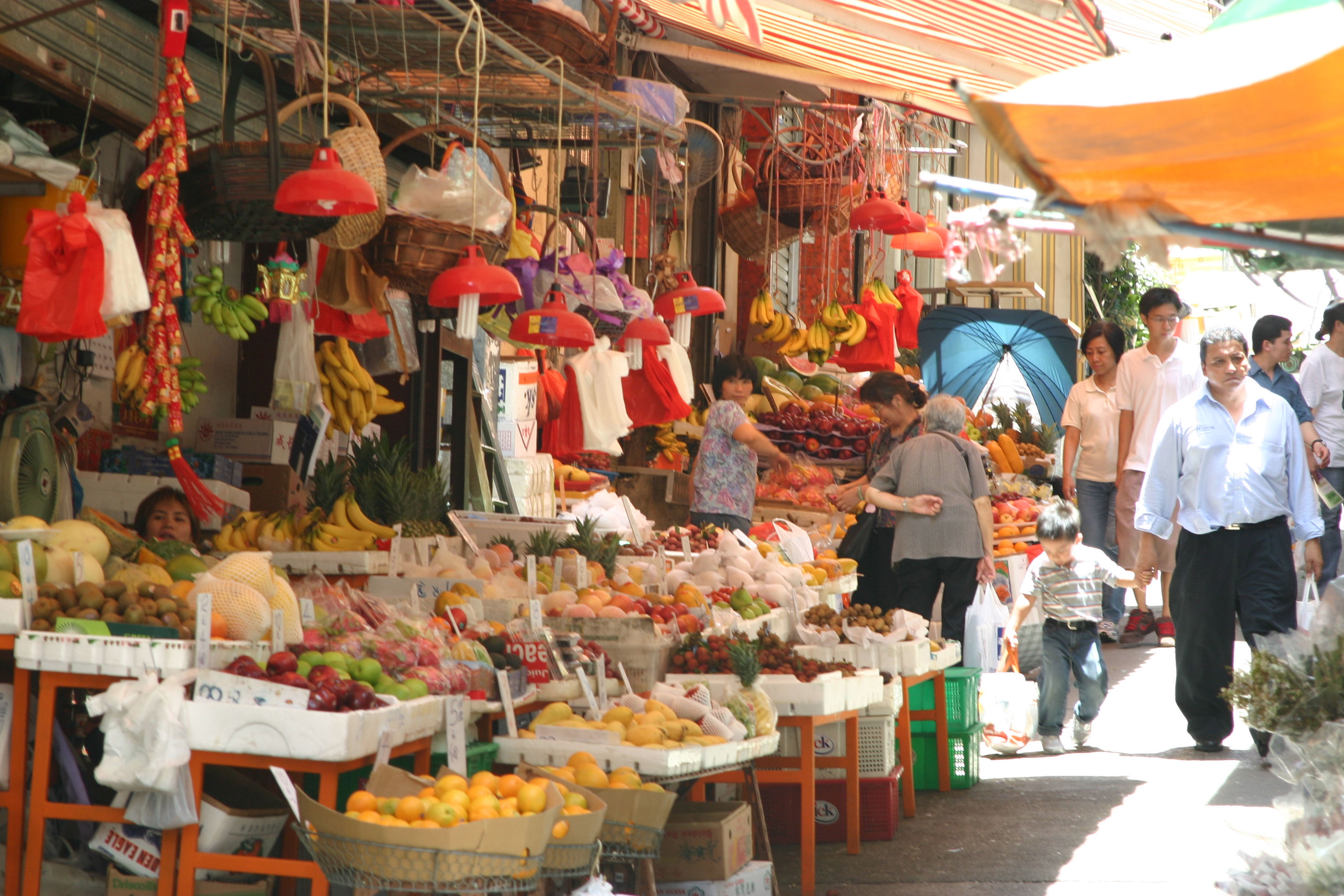A biweekly newsletter with public space news, resources, and opportunities.
A curated dispatch on all things public markets plus the latest announcements from the Market Cities Program.
As 2016 comes to a close, and the placemaking movement has much to celebrate, we are excited about the possibilities that 2017 will bring. Here’s a list of PPS's 10 most popular articles from 2016:
May 10, 2016

Increasingly, startups, incubators and accelerators around the world are clustering around leading-edge companies and institutions in dense urban settings called “innovation districts.” Placemaking has much to offer this emerging geography of innovation in cities, and this article—a reflection of PPS’s ongoing partnership with the Brookings Institution—offers eight principles for creating quality public spaces that nurture creativity and innovation.
March 3, 2015

People often ask us, “What makes a public space great?” When PPS was recently approached by USA Today to provide a list of the best city parks in the U.S. for their upcoming interactive webpage, we were excited for the opportunity share our thoughts on this question that has been at the core of our work for 40 years. Putting this list together got us thinking, and inspired us to share a list of some of our favorites, including: Nyhavn (Copenhagen, Denmark); Jemaa El-Fna (Marrakesh, Morocco); Mission Dolores Park (San Francisco, CA); Turkenmarkt (Berlin, Germany); Luxembourg Gardens (Paris, France); and Khan el Khalili (Cairo, Egypt).
January 12, 2016

The concept of human scale has been at the core of PPS’s work since the beginning, so why the special attention now? We were inspired by “New Yorkers for a Human-Scale City,” a young organization calling for “an end to the violence that real estate developers have inflicted on our skyline, parks, public areas, and cityscape with the proliferation of dramatically over-scaled buildings that ignore the historic context of our city.” Their advocacy got us thinking about the human scale as it relates to neighborhoods. From the article: We don’t like to define ourselves by what we are against. We aren’t against skyscrapers, development, luxury housing, or cars. We are for places. But in practice, that means that we do oppose projects that destroy or prevent the creation of quality spaces, and we challenge sweeping reforms that do not acknowledge or accommodate local contexts. There is no one human scale, but by engaging in a placemaking process, we can find the scale that works for every community.”
April 5, 2016

How did the small Appalachian city of Corbin, Kentucky reduce its downtown vacancy rate from 40% to nearly 0% in only three years? The answer lies in part with a thriving local food movement, the 2013 opening of a new farmers market on Main Street, and a strong community that is willing to go to great lengths to support the both town and each other. Says Main Street Manager Andy Corbin: “By treating our farmers market as an incubator for agricultural and artisan-based entrepreneurship, we’ve been able to direct people that are growing into some vacant storefronts downtown, and this has had a multiplying effect ...” The market has helped bring more than 20 new businesses downtown.
February 11, 2016

Great public spaces do not have to be design-heavy, multi-million dollar projects situated in city centers. In fact, sometimes the most exciting spaces are low-key, low-cost, and in the most unexpected locations. In this piece, we highlight 5 of our favorite LQC projects, each featured in our Lighter Quicker Cheaper Resource Page. Each of these examples powerfully demonstrates how quick, low-cost implementations can generate positive and visible change in public spaces, while simultaneously addressing multiple community issues such as education, accessibility, safety, public health, and wellness.
March 11, 2016

All of us are involved in shaping cities, places, and communities. Whether the project we are working on is a private development or a public open space, it is important that we strive to accommodate human activity by developing tangible elements (such as design, function, physical infrastructure, and programming) alongside intangible elements (like identity, community, interaction, and accessibility). At Project for Public Spaces, our work is rooted in an implicit system of values, and we have developed eleven principles to guide us in this practice. But while these principles tell us what to do, it is also important to consider why we are doing it. This article outlines a set of guidelines that could become the basis for a new professional ethic.
March 2, 2016

Because of disputes over land, access to green space, and equal rights to the city, urban gardens have become a symbol of community activism and empowerment, and they are part of a contemporary grassroots movement supporting environmental justice, collective action, and equitable access to nutrition and good health. Due in part to the current swell of interest in the local food movement, since the early 2000s there has been a remarkable surge in the prevalence of community garden initiatives. This piece describes some of the many interrelated benefits that that these collectively held (and sometimes contested) spaces can bring to urban neighborhoods.
March 15, 2016

This article offers a participatory challenge for our readers: the next time you go for a walk, think about your city, neighborhood, or favorite space in the context of the Power of 10. So, what is the Power of 10? Places thrive when there are at least 10 things to do, arranged in such a way as to create social linkages. Scaling this up, a specific destination or neighborhood needs at least 10 places, that offer people a reason to visit and spend time there. One more level up, a city needs at least 10 major destinations, creating a powerful network of a thousand things to do. To quote Holly Whyte, “you can see a lot by observing.” This step-by-step exercise will give you a sense of how your city, neighborhood, or place can improve, and is the foundation of a city-wide placemaking campaign.
March 23, 2016

For twenty years, Toronto city planners worked in storefront offices in the very communities they served. Planners got to know neighborhoods firsthand and developed working relationships with citizens, resulting in improved plans and public trust. A perfect example of Place Governance! Why does it work? "People living in the neighborhood are experts about their neighborhood.”
July 27, 2016

This past summer, we saw Pokémon GO become a global phenomenon in just a few weeks. And while many were unsure about the mobile game (in fact, some openly hated it), it surely encouraged more folks to get out and use public space. Pokémon GO highlights Holly Whyte's idea of Triangulation, providing a linkage between people and prompting strangers to talk to one another as if they knew each other. If nothing else, the fact that Pokémon GO has brought people out into the streets fits comfortably with PPS’s views about the importance of activities in public space. People need to have a reason to be, and stay, in a particular place, and a great place draws lots of people because it has lots of reasons to be there. Pokémon GO undoubtedly offers one more reason to be out in our communities together.
The rich text element allows you to create and format headings, paragraphs, blockquotes, images, and video all in one place instead of having to add and format them individually. Just double-click and easily create content.
The rich text element allows you to create and format headings, paragraphs, blockquotes, images, and video all in one place instead of having to add and format them individually. Just double-click and easily create content.
Body Text Body Link
The rich text element allows you to create and format headings, paragraphs, blockquotes, images, and video all in one place instead of having to add and format them individually. Just double-click and easily create content.
Here is some highlighted text from the article.




Headings, paragraphs, blockquotes, figures, images, and figure captions can all be styled after a class is added to the rich text element using the "When inside of" nested selector system.
Headings, paragraphs, blockquotes, figures, images, and figure captions can all be styled after a class is added to the rich text element using the "When inside of" nested selector system.
Headings, paragraphs, blockquotes, figures, images, and figure captions can all be styled after a class is added to the rich text element using the "When inside of" nested selector system.

We are committed to access to quality content that advances the placemaking cause—and your support makes that possible. If this article informed, inspired, or helped you, please consider making a quick donation. Every contribution helps!
Project for Public Spaces is a 501(c)(3) tax-exempt organization and your donation is tax-deductible within the guidelines of U.S. law.